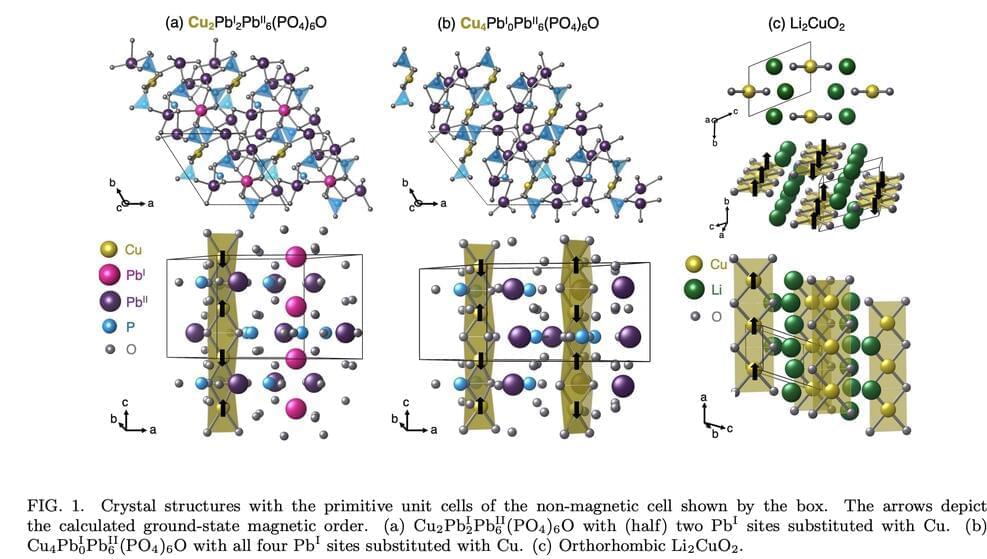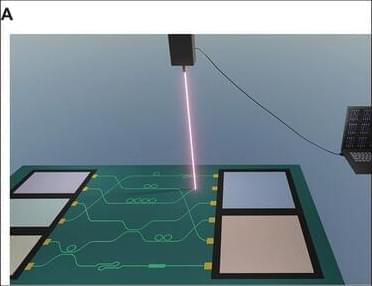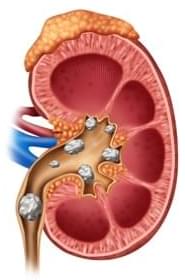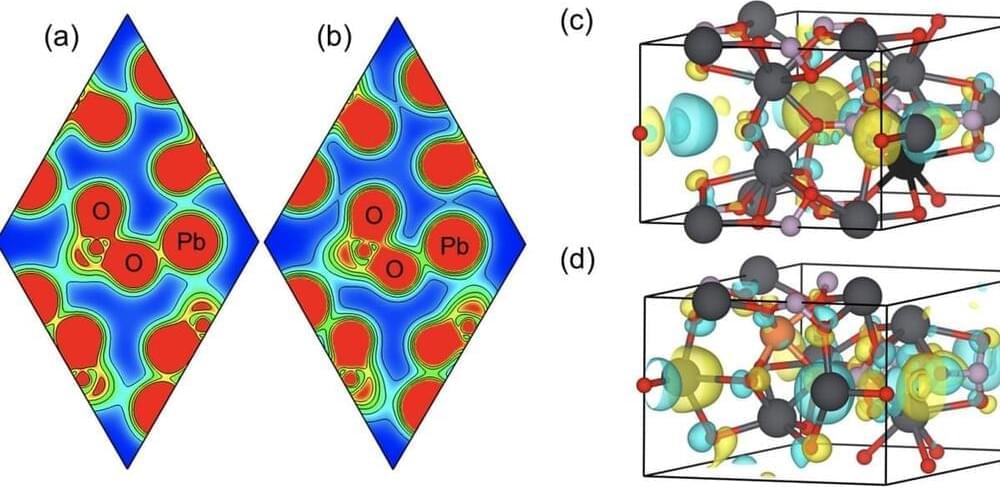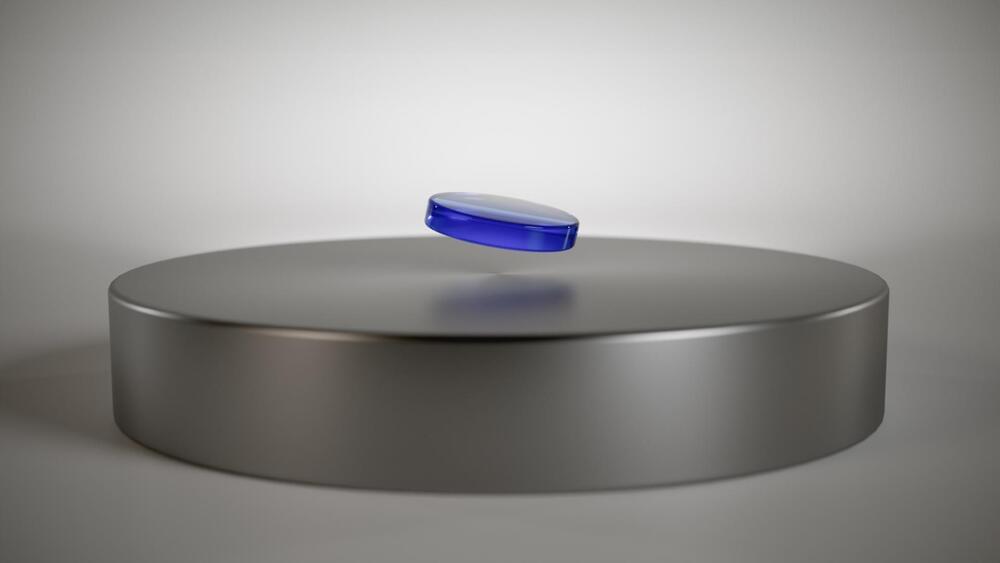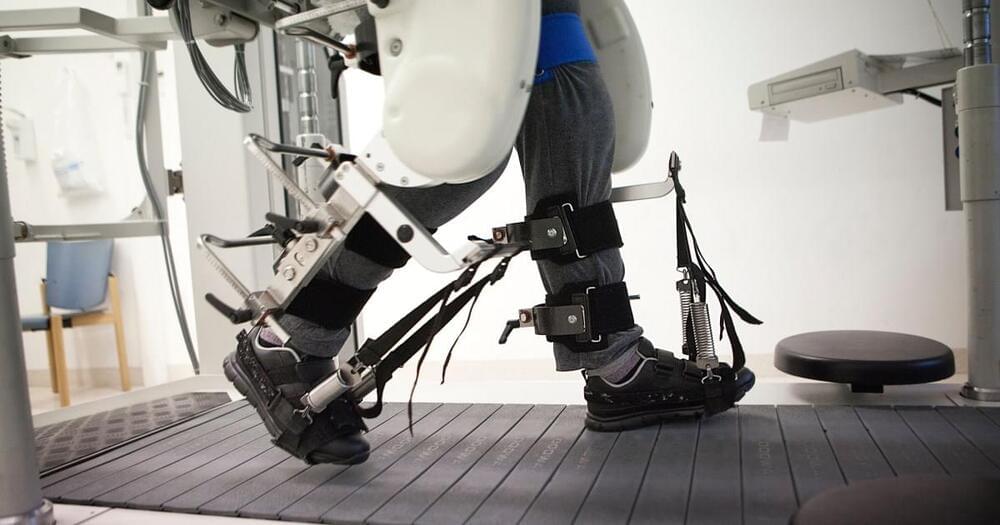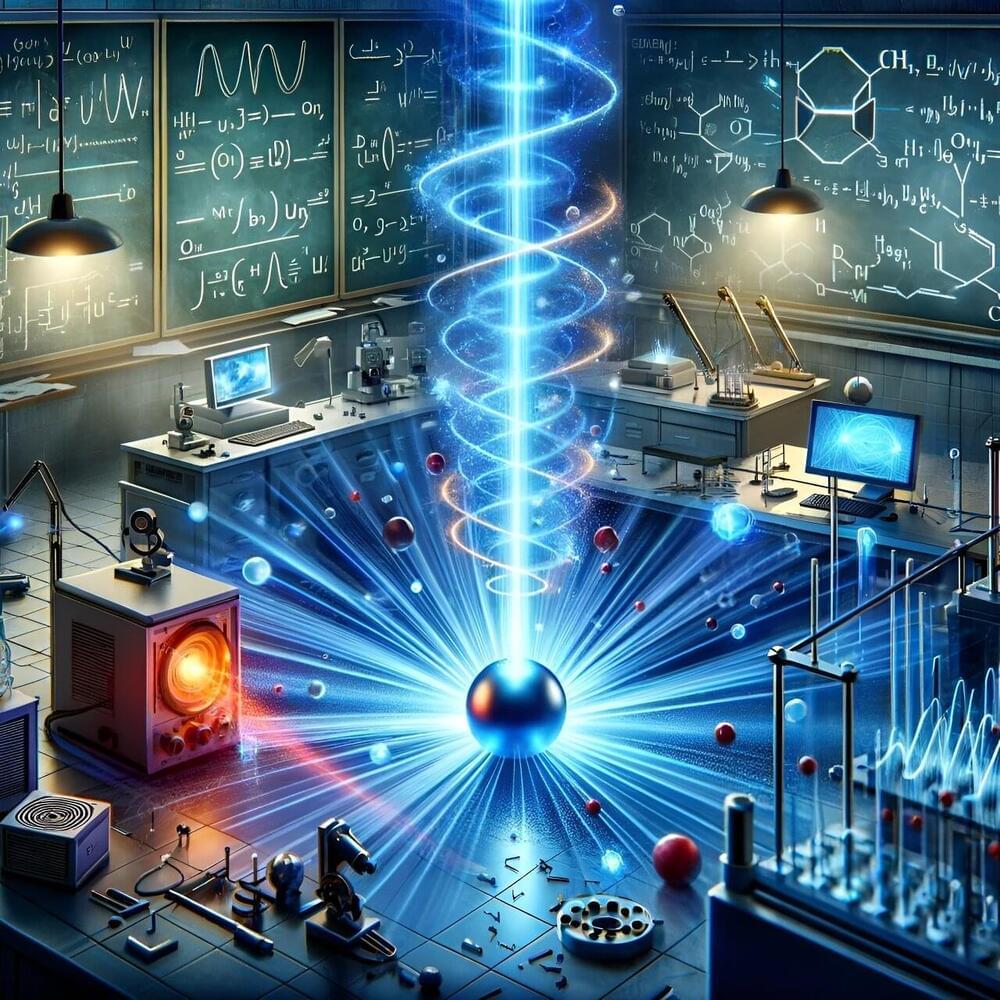
Professor Amir Capua, head of the Spintronics Lab within the Institute of Applied Physics and Electrical Engineering at Hebrew University of Jerusalem, announced a pivotal breakthrough in the realm of light-magnetism interactions. The team’s unexpected discovery reveals a mechanism wherein an optical laser beam controls the magnetic state in solids, promising tangible applications in various industries.
“This breakthrough marks a paradigm shift in our understanding of the interaction between light and magnetic materials,” stated Professor Capua. “It paves the way for light-controlled, high-speed memory technology, notably Magnetoresistive Random Access Memory (MRAM), and innovative optical sensor development. In fact, this discovery signals a major leap in our understanding of light-magnetism dynamics.”
The research challenges conventional thinking by unraveling the overlooked magnetic aspect of light, which typically receives less attention due to the slower response of magnets compared to the rapid behavior of light radiation.

